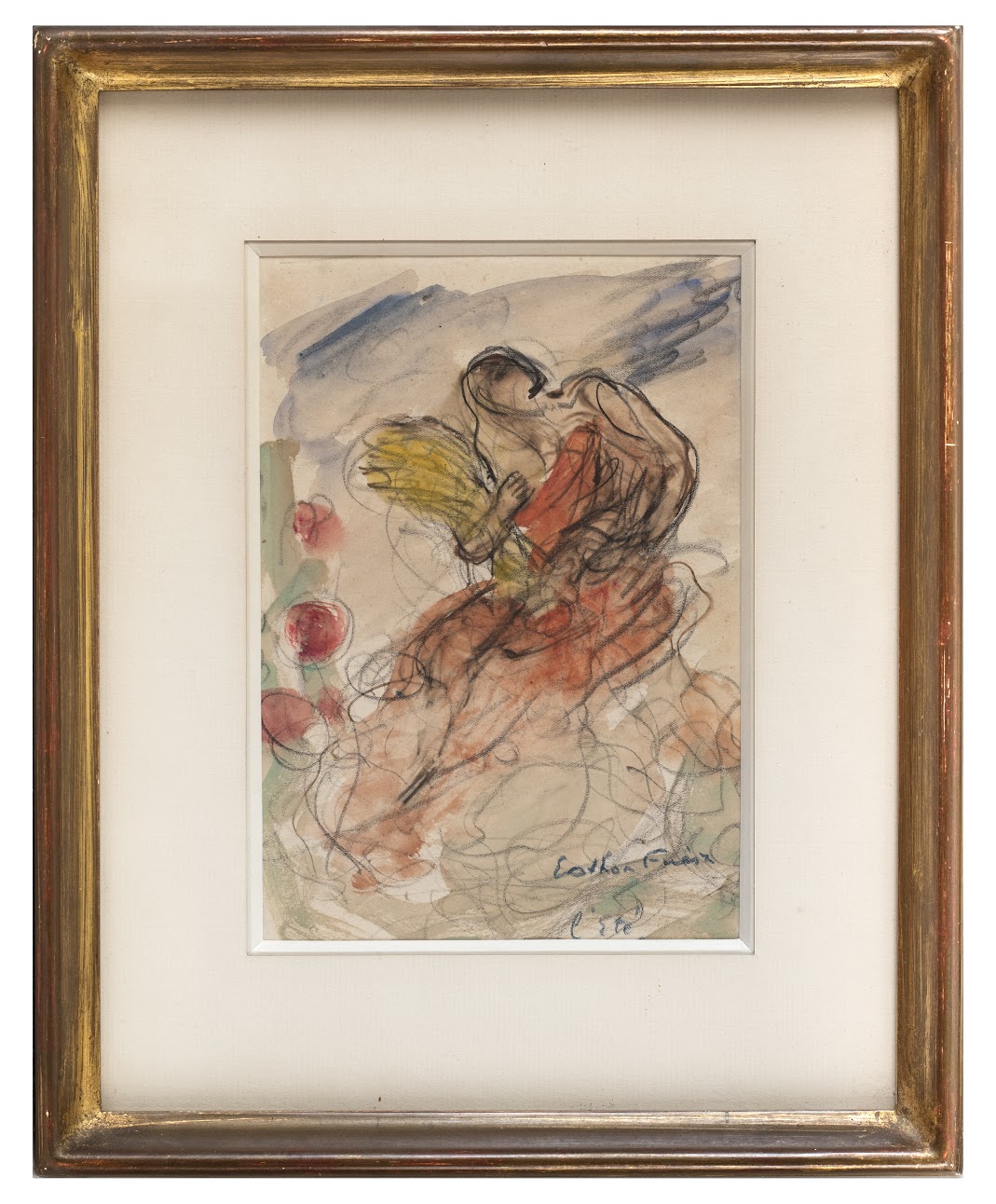Émile Othon Friesz, born on February 6, 1879, in Le Havre, was raised in a maritime environment. As the son of a long-distance ship captain and the grandson of a West Indies cartographer, he found himself caught between his love for the sea and his passion for art from an early age. At just thirteen, he enrolled in the École des beaux-arts in Le Havre, where he studied under Charles Lhuillier.
From the beginning, Friesz forged friendships with other promising young artists, including Raoul Dufy and Georges Braque. In 1897, a municipal scholarship enabled him to further his studies in Paris, where he joined the studio of the academic painter Léon Bonnat.
By 1905, Friesz had emerged as a significant figure in the Fauvist movement. While in La Ciotat, he and Braque discovered a brilliant light that transformed his color palette. His canvases, characterized by pure colors and simplified forms, depicted vibrant landscapes and dynamic portraits. His painting “La Ciotat” (1905) serves as a striking example of this style, showcasing exuberant drawing paired with intense color.
However, around 1907, Friesz began to move away from Fauvism, increasingly influenced by Cézanne’s approach. In his “Portrait of Fernand Fleuret” (1907), the colors become softer and the structure more rigorous, reflecting his search for deeper expression. His travels across Europe, from Portugal to Italy, provided him with a rich source of inspiration.
With the outbreak of World War I, he created works infused with the turmoil of the times, reflecting the anxieties of the era. His compositions began to take on a more naturalistic quality, revealing a certain sensuality in his nudes and portraits. By 1923, his “Portrait of Mme Friesz” exemplified this shift toward introspective art, blending emotion with the pursuit of beauty.
Throughout his career, Othon Friesz participated in numerous exhibitions both in France and abroad. In 1937, he collaborated with his friend Dufy to create decorations for the Palais de Chaillot. His life unfolded within the walls of his Paris studio, where he taught and shared his passion for art.
Despite the upheaval of war and the challenges of the Occupation, Friesz remained a passionate advocate for his art. His dedication led to a professional ban in 1946, but his resilience never faltered. He continued to paint until his death on January 10, 1949, in Paris.
Today, Othon Friesz rests in Montparnasse Cemetery, where his grave is marked by a medallion crafted by Paul Belmondo, honoring the journey of a bold artist and an explorer of color and form.

Sign up to the newsletter and stay informed about our latest acquisitions and exhibitions:
© Galerie Rousset 2023